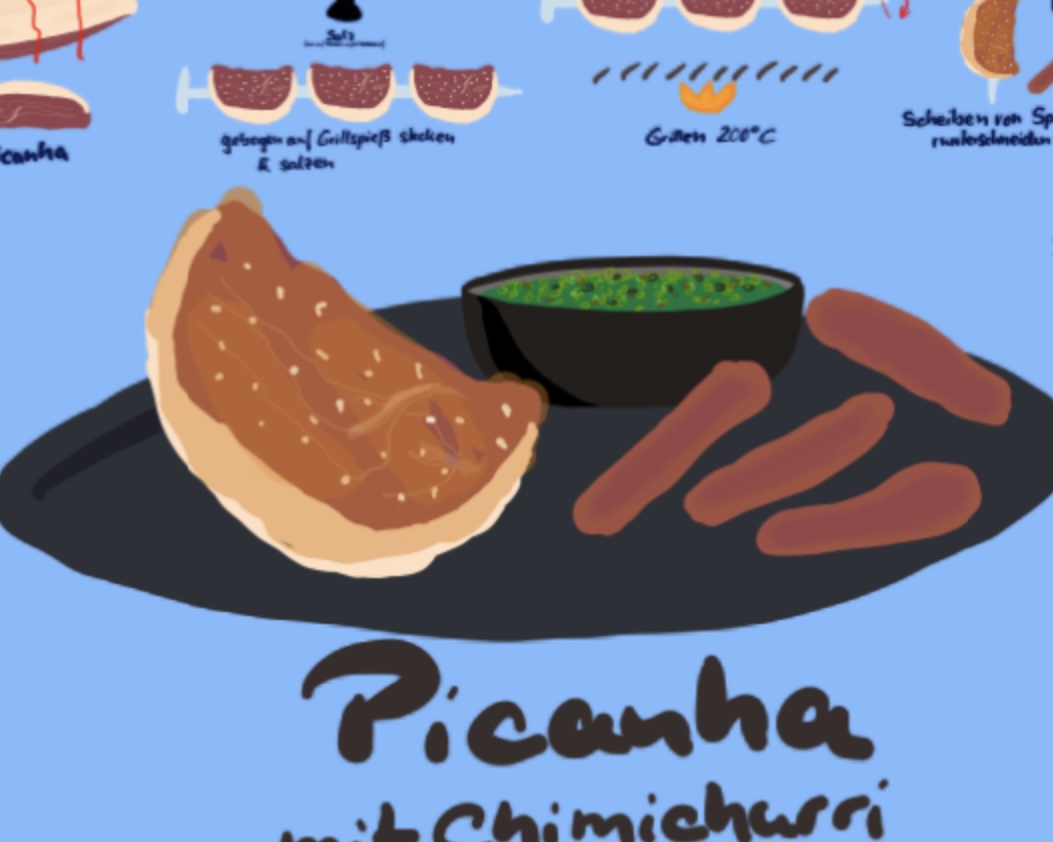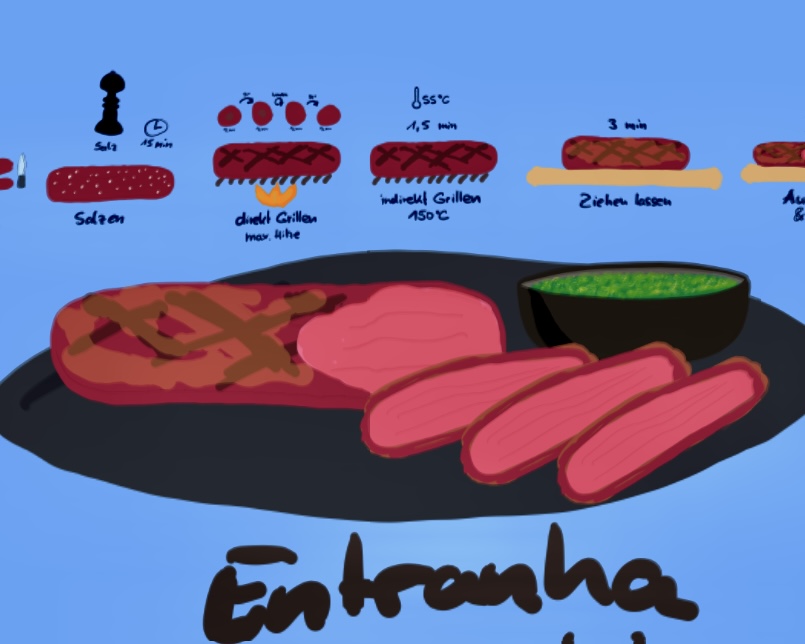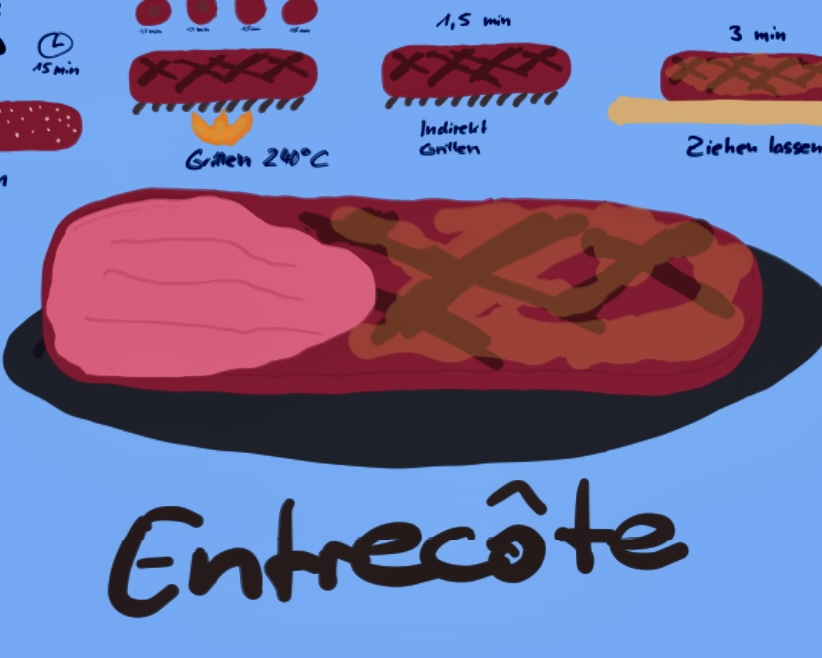Grilled Porterhouse Steak Recipe
Bold and flavorful, a premium cut ideal for grilling or roasting.Instructions: Tap the Map & Cook Along 👇
Porterhouse Steak: The Ultimate Steak Lover's Delight
For those who consider themselves connoisseurs of steak, the Porterhouse stands as the epitome of a meat lover's dream. This grand cut, which effortlessly combines two of the most prized pieces of beef—the tenderloin and the New York Strip—into one majestic steak, is a testament to the art of butchery and the joy of steak dining. Often seen as the crown jewel of steak cuts, the Porterhouse offers a dual experience that’s unparalleled, providing both the buttery tenderness of the filet and the robustly flavored, perfectly marbled strip. Let's carve into the world of Porterhouse Steak, exploring what makes this cut a pinnacle of culinary delight.
A Tale of Two Steaks
What sets the Porterhouse apart is its generous size and the unique composition of two distinct steak textures and flavors. On one side of the T-shaped bone that gives the Porterhouse its distinctive appearance lies the tenderloin, known for its soft, butter-like texture that almost melts in the mouth. On the other side, the New York Strip offers a denser, beefier taste, with a marbling that ensures each bite is rich and flavorful. This combination allows steak enthusiasts to savor two of the most beloved cuts in a single serving, making the Porterhouse a versatile and indulgent choice.
The Porterhouse vs. T-Bone: A Culinary Conundrum
While the Porterhouse and T-Bone steaks may look similar at first glance, discerning diners and chefs know that key differences lie in the size and proportion of the tenderloin portion. The Porterhouse boasts a larger tenderloin, meeting the USDA’s specifications that dictate the tenderloin must be at least 1.25 inches wide at its widest point, compared to the T-Bone’s smaller fillet. This distinction makes the Porterhouse a more premium option, catering to those who desire the luxuriousness of a significant tenderloin presence in their steak.
Cooking the Perfect Porterhouse
The challenge and delight in preparing a Porterhouse steak lie in honoring both the tenderloin and strip sections, each demanding different cooking times to reach their ideal textures. Grilling or broiling are favored methods, allowing for precise control over heat distribution. Here are some tips for achieving that perfect Porterhouse at home:
1. Room Temperature: Begin by letting your steak rest outside the refrigerator to reach room temperature, ensuring more even cooking.
2. Season Well: Salt and pepper generously, but consider also rubbing with garlic or herbs for additional flavor dimensions.
3. High Heat: Sear the steak over high heat to develop a rich, flavorful crust, then lower the heat to cook through to your preferred level of doneness, usually achieving a perfect medium-rare to medium.
4. Rest Before Serving: Essential for all great steaks, allow the Porterhouse to rest for several minutes after cooking to let the juices redistribute, ensuring every bite is succulent and flavorful.
Serving Suggestions
The grandeur of the Porterhouse calls for simple, classic sides to accompany its rich flavors. A side of crispy roasted potatoes, sautéed mushrooms, or a fresh green salad can complement the steak without stealing the spotlight. Wine pairings might include bold reds like Cabernet Sauvignon or a rich Malbec, enhancing the dining experience with their depth and structure.
Conclusion
The Porterhouse Steak is more than just a meal; it's a celebration of beef at its best, offering a harmonious blend of textures and flavors that delight the palate. It stands as a testament to the idea that some things are indeed greater than the sum of their parts, providing a dual experience of tenderness and taste that’s unmatched. Whether enjoyed in a lavish restaurant or grilled over an open flame at home, the Porterhouse is a culinary treasure that promises a memorable dining adventure for all who partake.




